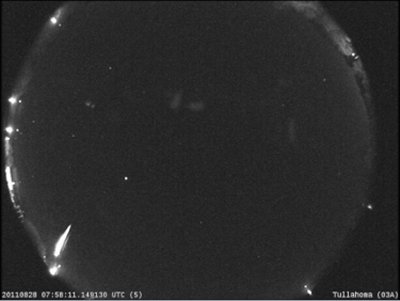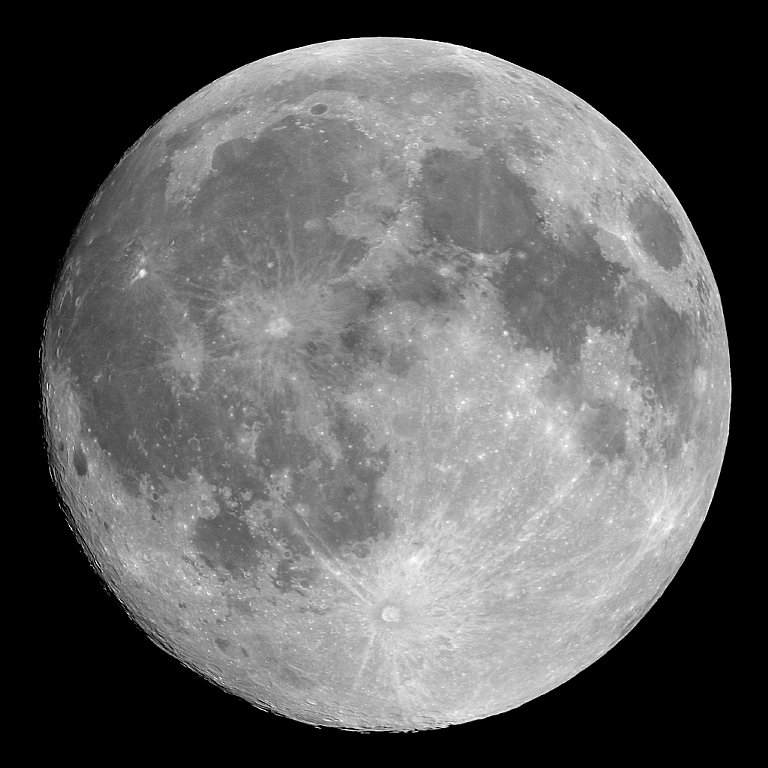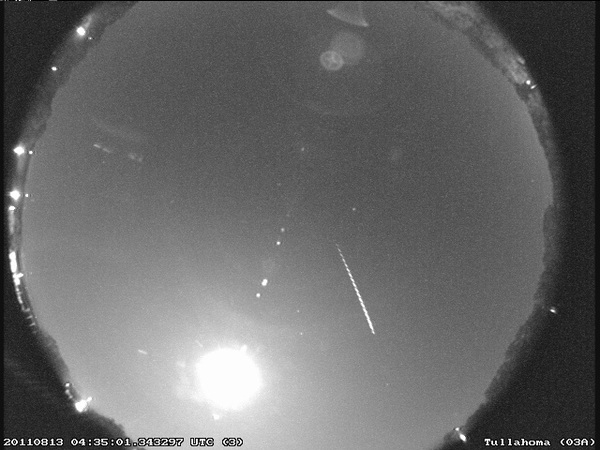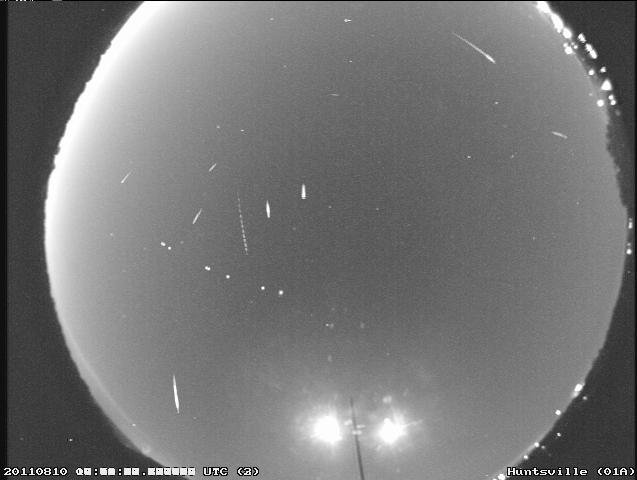We all know the moon is not made of cheese, but what is it made of?
Credit: Sylvain Weiller
Believe it or not, there’s a lot of ice on it. Scientists have been able to study samples brought back from the moon’s surface during the Apollo missions. In addition, recent missions like NASA’s Lunar CRater Observation and Sensing Satellite, or LCROSS, and Lunar Reconnaissance Orbiter, or LRO, made it possible to study the moon’s composition in space. With LCROSS and LRO, NASA has been able to observe lunar dust within the moon’s craters and make a more detailed lunar topographical study than ever before — and they’ve made some pretty exciting discoveries about the moon’s composition.
The biggest finding, of course, was evidence of water on the moon, but that was only the beginning of the discoveries. Along with water, LCROSS also uncovered evidence that the moon has its own water cycle and that the water is typically present in the form of pure ice crystals.
Scientists were able to study the moon’s composition in 2009 when LCROSS impacted in a deep crater on the moon’s surface, ejecting a plume of material that might not have seen sunlight in millions of years. Instruments on the orbiting LRO satellite picked up traces of ice crystals and other volatiles, compounds that freeze and are trapped in the cold lunar craters and vaporize when warmed by the sun. As much as 20 percent of the material kicked up by the LCROSS impact was made up of volatiles, including methane, ammonia, hydrogen gas, carbon dioxide and carbon monoxide. The instruments also discovered relatively large amounts of light metals such as sodium, mercury and possibly even silver. Scientists believe the water and mix of volatiles that LCROSS and LRO detected could be the remnants of a comet impact. According to scientists, these volatile chemical by-products are also evidence of a cycle through which water ice reacts with lunar soil grains.
The proportion of volatiles to water in the lunar soil indicates a process called “cold grain chemistry” is taking place. Scientists have theorized that this process takes thousands of years and could happen on other frigid bodies, like asteroids and moons of other planets.
The moon is more than a giant rock circling Earth; it is a body with its own chemistry and composition that NASA has only just begun to reveal. As NASA looks toward the future for new lunar missions, its knowledge of the moon’s composition could help future explorers. The existence of mostly pure water ice could mean future human explorers won’t have to carry their own water source for valuable life support resources. In addition, an abundant presence of hydrogen gas, ammonia and methane could provide possible sources of fuel for future surface activities. Who knows — in a few decades, lunar astronauts may return to Earth using the moon’s own “lunar fuel.”










